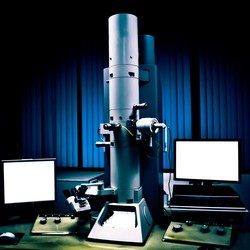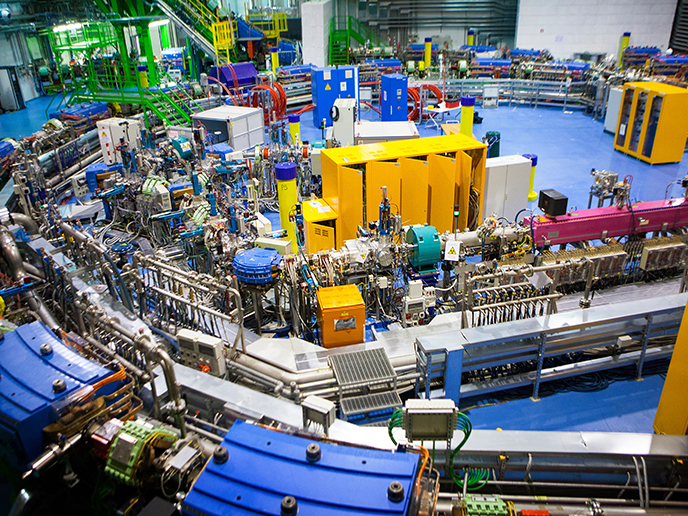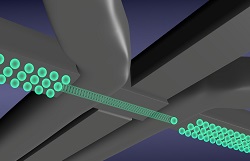Scanning skyrmions unconventionally
Researchers contributing to the ATOMS (Advanced tools to observe magnetic and dynamical properties of skyrmions and vortices down to the atomic scale) project developed a new technique that enables the measurement of magnetisation dynamics down to the atomic scale. Using SP-STM in combination with magnetic resonance allowed the scientists to probe high frequency magnetisation dynamics, which conventional STM methods fail to accomplish due to bandwidth limitations. The technique involved a continuous radio frequency (rf) voltage mixed to the bias voltage of the STM via a dedicated transmission line. In case of a magnetisation precession under the SP-STM tip, the tunnelling conductance was modulated at the precession frequency. Afterwards, the tunnelling current, corresponding to a ferromagnetic resonance signal, was rectified and measured by conventional tools. To keep the signal amplitude stable, despite the frequency-dependent cable effects, the scientists had to know the setup in detail and pre-adjust it. As a result, the bandwidth of the STM was increased up to 3 GHz. This method was first used to examine magnetic vortex gyration, a system with well-known properties and in the accessible frequency range. The simulation studies showed that the rf current needed was accessible only under extreme tunnelling conditions, leading to unstable experiments. Consequently, the scientists of ATOMS decided to analyse the gyration mode of magnetic skyrmions. Compared with magnetic vortices, the rf current required to excite skyrmion states is very low, resulting in manageable experiments. Two spin structures were selected, iron monolayer on iridium (111) (Fe (1 ML)/Ir(111)) and cobalt monolayer on ruthenium (001) (Co (1ML)/Ru(0001)). The investigation of Fe (1 ML)/Ir(111) revealed a resonance signal of 615 MHz. In addition, the study of Co (1 ML)/Ru(0001) at zero magnetic field demonstrated a chiral spin spiral as a ground state. This constitutes the first experimental observation of a chiral non collinear spin structure stabilised at an interface between a 4d metal and a 3d ferromagnetic element. For both cases theoretical work is still in progress after project end. Skyrmions play a key role in future applications such as magnetic storage and radiofrequency devices, while skyrmion-based spin transfer nano-oscillators have already been proposed. In light of these developments in technology, the final results of this project are expected to significantly contribute to the field.
Keywords
Skyrmion, spin polarised scanning tunnelling microscopy, magnetic vortex gyration, ATOMS







